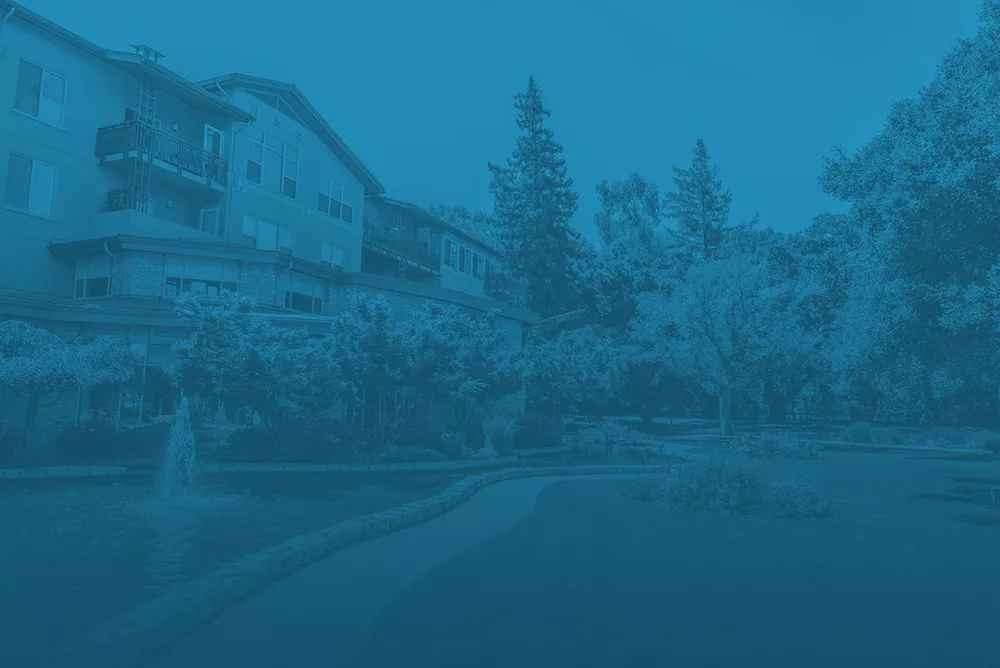BoldAge PACE – a Program of All-Inclusive Care for the Elderly (PACE) operator – is expanding, led by a leadership team filled with multiple home health and hospice veterans.
In May, the company opened two new locations in Kentucky and Indiana, and the plan is to open up more locations in short order. As of right now, it has 14 locations spanning coast to coast, located in California, Illinois, Indiana, Kentucky, Ohio, South Carolina, Florida and New Jersey.
PACE is a community-based care model, generally for dual-eligible beneficiaries. PACE operators take the full risk of care for their members, and provide an all-encompassing set of services, including traditional home-based care services – either themselves or through partnerships.
The model was incredibly successful during the COVID-19 pandemic, keeping seniors far safer than their skilled nursing facility (SNF) counterparts.
“I think there’s a lot of similarities [between PACE] and where hospice was in the ‘80s,” Russell Hilliard, the chief growth officer of BoldAge PACE, told Home Health Care News’ sister site Hospice News. “It feels like that’s where PACE was a few years ago, and now PACE is expanding quite rapidly. Now I would say PACE is more where hospice was in the ‘90s. People are still generally unaware of what PACE is, although it’s expanding. It’s now available in 34 states, which is remarkable. This year saw several states expand PACE services, but not all states offer it yet.”
Hilliard was at AccentCare – one of the largest home health organizations in the country – for nearly 17 years. There, he was the SVP of market expansion initiatives.
With PACE, there’s plenty of room for market expansion, but at the same time, growth can be stubborn. Though successful, the model is not universally known yet, and the Centers for Medicare & Medicaid Services (CMS) has a rigorous process for approval.
Currently, there are 163 PACE organizations operating more than 300 centers, according to the National PACE Association. There are nearly 76,000 PACE participants across the country.
“Most older adults want to be at home for as long as possible, if not until the very end of their lives, and be as independent with a high quality of life for as long as possible,” Hilliard said. “That’s exactly what PACE aims to do. It’s aligned with what Americans want in their older years. It also aligns with cost savings, because when we keep people at home, it is less expensive than routine ambulance visits to the emergency department and ICU stays that might be preventable. And it puts the horse in front of the cart because it really encourages us also as the payer to make sure we’re using a preventive model.”
Other leaders at BoldAge include: Principal and Founder Todd Stern, the former CEO of Seasons Hospice & Palliative Care, which merged with AccentCare in 2020; Founder and Operating Principal Daniel Czermak, the founder of Acute Health Systems and Beacon of Life; and CEO Mary Austin, who has over 15 years of PACE experience.
Home health and hospice providers have found success working as partners to PACE providers, but they also have opened programs of their own. For instance, the post-acute provider Alivia Care has launched PACE centers as a way to wean itself off of fee-for-service reliance.
BoldAge provides home health care, and also contracts with providers.
“Most of the care that is needed from a home health perspective is often provided by the PACE provider,” Hilliard said. “Perhaps their needs go beyond what we have the ability to do, and in that case, we would contract with a home health agency, but it’s all included.”
Growth can also be more difficult in PACE given the necessary upfront costs.
While taking on the risk of the patient can be a more sustainable model for operators long term, the capital required to get things on the right track is considerable.
“It’s quite different than hospice and home health in that regard, because we have to build the center. And the center also has to include the clinic,” Hilliard said. “So you’re talking about a medical clinic and something that looks very similar to an adult day care center, and you need about 20,000 square feet.”
Over the next couple of years, BoldAge plans to continue expanding its reach. As it does, one of the aspects of the model its leaders are most enjoying is the ability to provide the right care – at the right place, at the right time – to patients without having to jump through hoops with payers.
“PACE doesn’t provide those hoops for them to go through,” Hilliard said. “Rather, they empower the practitioner to say, ‘You want a lot of physical therapy for Betty Smith? No problem, set it up.’”



